This is a follow-up blog post on last week’s podcast focusing on supporting students’ executive functioning as an SLP.
Last week, we released a podcast episode about executive functioning basics. In it, we defined executive function skills, including attention, working memory, inhibition, fluency, strategic planning, initiation, shifting, monitoring, and regulating. We also covered executive function development, the neuroanatomy of executive functions, and the connection between executive functions and language.
At the end of the episode, we briefly explored the SLP’s role in supporting our students’ executive functioning, but because there’s so much more to say, I decided to do a write a blog on how we as SLP can support students’ executive functioning.
Rationale for Working on Executive Functions
Before we jump into the “how” of SLPs and executive function, let’s look at the “why.” First, executive functioning is included under cognition in ASHA’s SLP service delivery areas—it’s definitely within our scope of practice. Additionally, research has found connections between developmental language disorder and executive dysfunction. Since most SLPs work with students who have developmental language disorder, it’s likely we are also working with students who have impaired executive functioning.
Executive functioning is clearly relevant for SLPs, but it can be overwhelming to know where to start!
The good news is that Senter and colleagues’ 2023 literature review of executive function research found that decontextualized interventions aren’t ideal. Instead, executive function instruction is most effective when embedded within the content area work we’re already doing with students. We’ve got this!
Types of Strategies
Senter and colleagues also referenced Drazinski’s differentiation between compensatory and restorative executive function strategies.
Compensatory strategies are external—they support access to learning through tools like routines, organizers, and checklists.
Restorative strategies focus on building the student’s internal skills, primarily through planning for the future and reflecting on the past.
Let’s explore some specific ideas for how to include compensatory strategies and restorative strategies as SLPs.
Compensatory Strategies
I’m a big fan of compensatory strategies—especially routines! Routines empower our students in several ways:
- When students follow a routine, their thinking and actions become more automatic. This automaticity reduces demands on working memory and frees cognitive energy for learning!
- Speech sessions often result in extra transitions for students—and transitions are tough when students struggle with executive functioning. Routines lessen the impact of transitions and help students know what to expect when leaving and re-entering their classrooms.
- Routines can decrease anxiety by increasing predictability and eliminating surprises.
When it comes to implementing routines with our students, we can get creative! Here are some of my favorite ideas:
- Thinking routines! When a skill (e.g., making an inference) is tricky for a student, we can teach a thinking routine to follow every time they need to use the skill. For example, they could have a 3-question routine: 1) What do I already know? 2) What am I trying to figure out? 3) What are two guesses I could make?
- Self-regulation routines! Often there is overlap between difficulty with executive functioning and difficulty with emotional regulation. Helping our students build a simple routine for overwhelming moments can make life feel more manageable. It might be as quick as 1) Breathe slowly and 2) Silently count to five.
- Materials routines! Routines provide structure for students to use materials like games and art supplies safely and effectively. At the end of an activity, perhaps they follow the “3 Ws”: 1) Watch the adult, 2) Wait for instructions, and 3) Work together to put things away.
With routines (and other compensatory strategies), we want to give our students as much ownership as possible. It’s also helpful to be explicit, transparent, and repetitive. We can’t mention the strategy once and expect that students will follow it successfully! We need to model it, teach it, share the reason for it, cheer when students use it, re-teach it when necessary, and repeat any of these steps as many times as needed!
Restorative Strategies
Restorative strategies help students develop and become more independent with the skills that are tough for them, often by emphasizing metacognition. Here are two of my favorite restorative strategies:
Get Ready, Do, Done
I love this approach because it was developed by SLPs, and it can be used for tasks in the speech room, the classroom, and beyond.
Get Ready, Do, Done (GDD) teaches the art of backwards planning—a skill that can be difficult for anyone who struggles with executive functioning.
When students use GDD, they:
- Identify a goal (e.g., completing a family tree assignment).
- Imagine what it will look and feel like to be done with the goal (e.g., confidently handing in the completed assignment on the due date).
- Specify all the things they will need to do in order to meet the goal (e.g., decide on a format, generate questions for family members, interview family members).
- Gather everything the need to do to get ready (e.g., paper and pen or laptop for interviews, markers, glue, and construction paper to make the tree).
These steps may feel counterintuitive for students at first, so it can be helpful to teach the model within the context of simple activities like watching a YouTube video. It can also be helpful to bring in some supportive compensatory strategies, like this blank Get Ready Do Done chart.
Situation Reflection
This strategy was originally developed by educator Richard Lavoie, and is sometimes referred to as an “autopsy,” but usually I just call it a “reflection.”
Because executive functioning involves skills like shifting, monitoring, and regulating, it’s not easy for students with executive dysfunction to use data from past situations to plan for future situations. This is where the situation reflection comes in!
A situation reflection provides a structured way for students to analyze a past event and use the resulting insights to guide future decisions. The level of structure depends on the student’s needs, but essentially you are asking questions to help the student uncover cause-and-effect relationships between actions and outcomes. Possible questions include, “What did you do next?” “Then what happened?” “What do you want to do differently next time?” “What do you want to do the same next time?”
I especially love using situation reflections to help students understand why something went well. Our students hear a lot about what they’re doing wrong—it can be so joyful to call their attention to a successful moment and spend some time unpacking the reasons for their success.
With all of these strategies, it’s important to help students learn how to use them flexibly, and to emphasize the “why” behind each strategy.
As Senter and colleagues point out, we also need to seek student input and work on the executive functions that matter the most to them! Addressing executive function difficulties can be a long, slow journey, so student motivation is a key component.
Staying Motivated with Executive Functions
If all of this sounds like hard work, I agree with you—it is! I’ll close by sharing two quick ideas that keep me motivated.
The first is empathy! Executive functioning touches every aspect of a person’s life, especially in a school setting. Life with executive dysfunction is often overwhelming. Remembering this truth helps me stay energized to empower students with these skills.
The second idea is . . . games! Games require attention, working memory, inhibition, fluency, strategic planning, initiation, shifting, monitoring, and regulating—and they’re so fun, students don’t realize how hard their frontal lobes are working.
Collaborative games are especially wonderful for targeting executive functions, because they introduce an element of teamwork and require students to share their thinking out loud. This article shares strategies for developing an entire games unit for older students, and includes plenty of game suggestions to try. If you work with little ones, check out games like Best Dressed Banana, Feed the Woozle, and Snug as a Bug in a Rug.
I hope these strategies are helpful for you and your caseload! If you give them a try or have ideas to add, please leave a comment or send me an email. I’d love to connect with you!
Want to stay in the loop for new speech therapy ideas and inspirations? I have put together a free Digital SLP podcast to share insight and tips on implementing your speech therapy sessions. If you are looking for fun and interactive speech therapy materials that students and SLPs both will love, check out what the Digital SLP® membership site has to offer, or sign up for our free trial now. Alternatively, check out our TpT store.


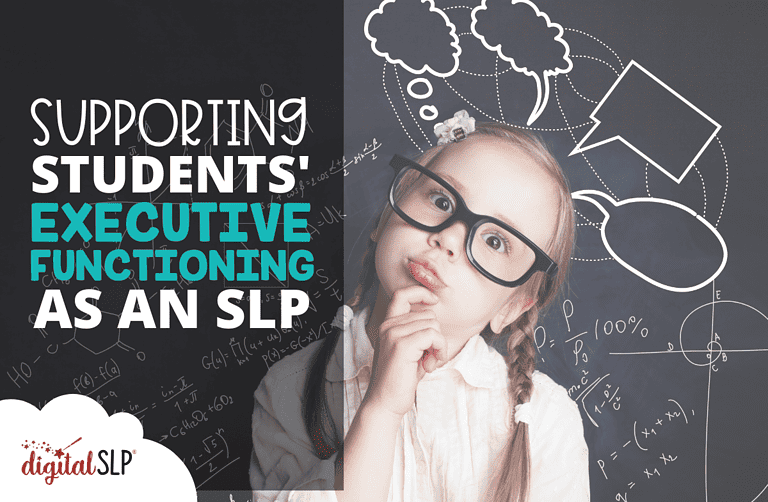



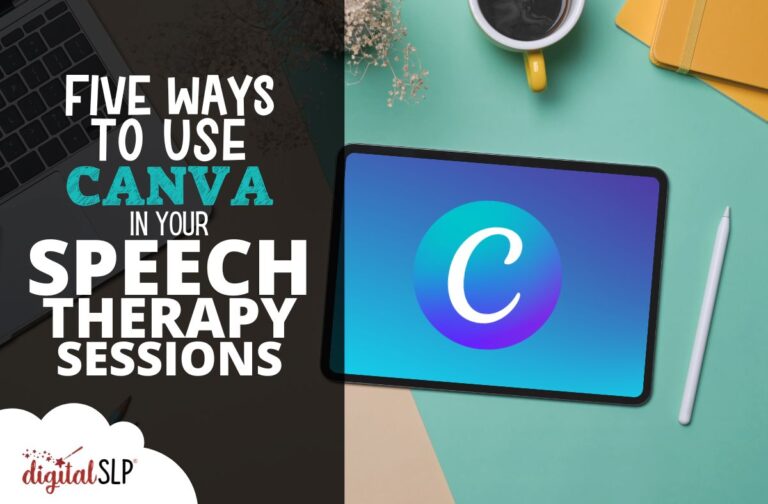
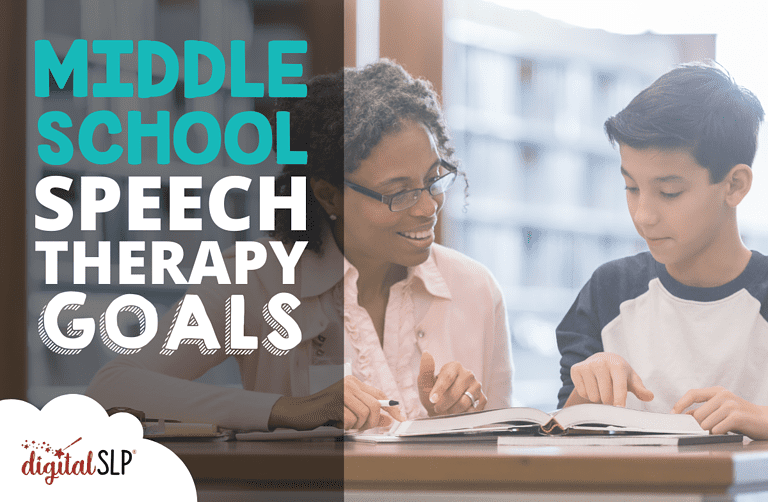
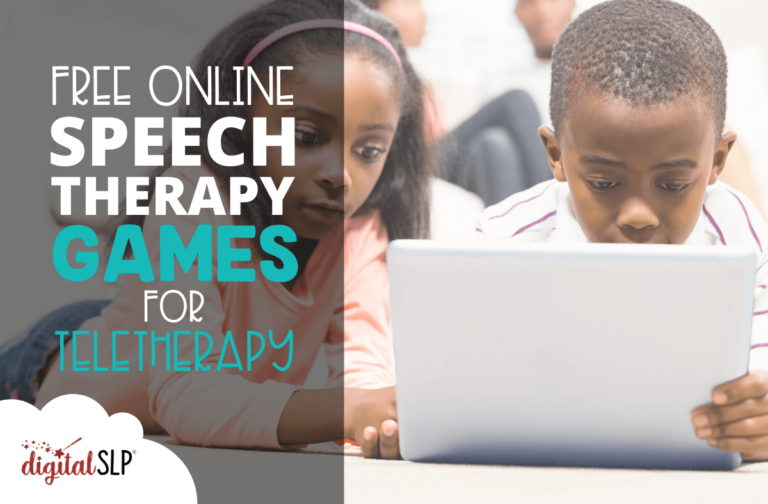
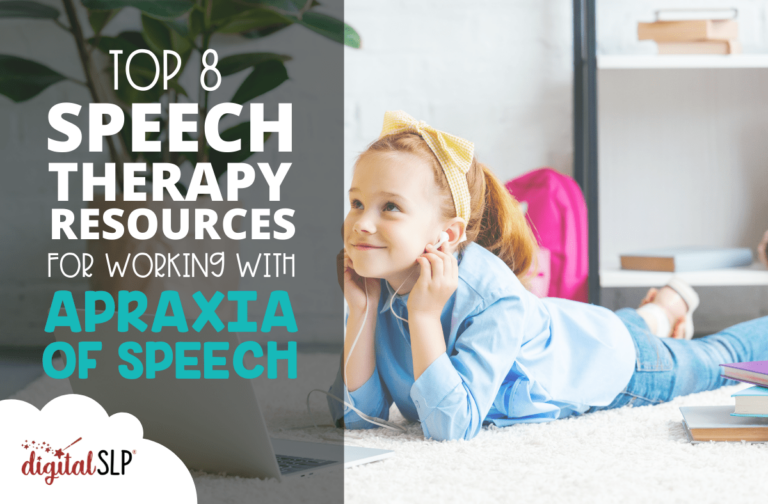
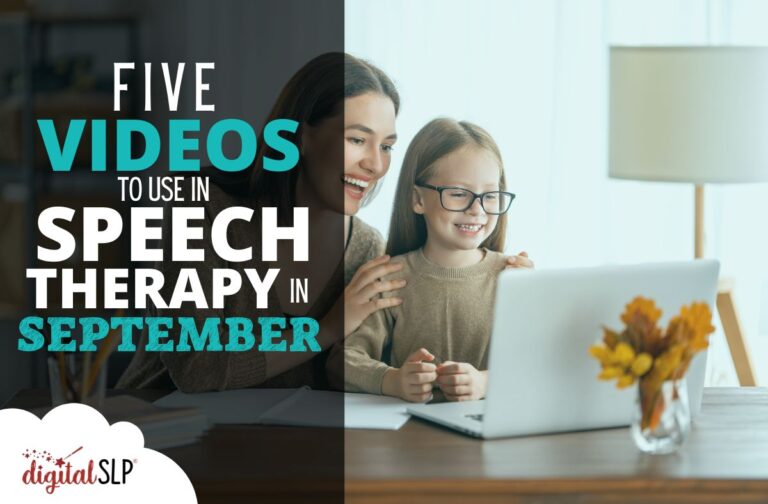
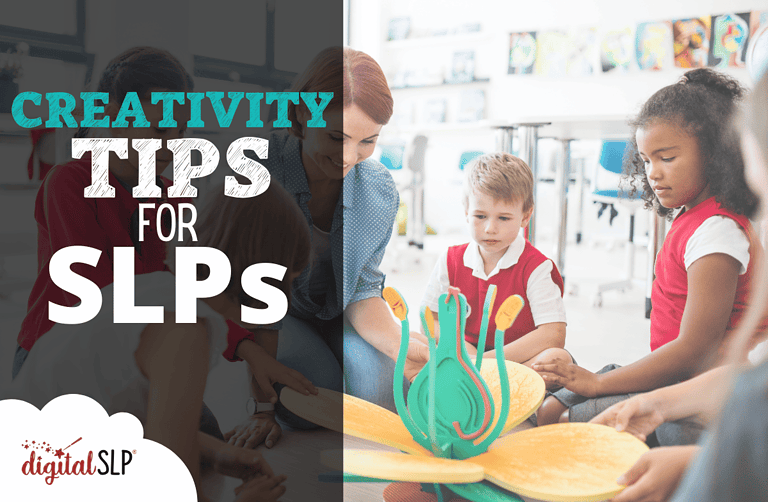

Recent Comments